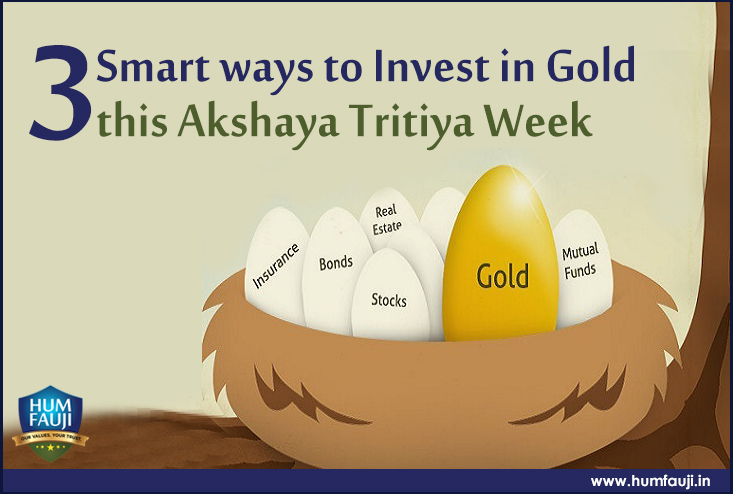It is a common phenomenon that most of the investors tend to stop their SIPs in mutual funds (and maybe even redeem all the units of some or all of their funds) when markets are on the highs out of fear that they are accumulating units at a high rate and markets can go down any time. Similarly, when the markets go down, they stop the SIPs (and maybe redeem units again) thinking that markets will go down much more and they will start only when the markets have settled or ‘bottomed out’. The article below addresses this behavioural gap of large number of people which prevents them from creating wealth and thus, meeting their life-time financial goals. (Please enable your ‘Display Images’ mode in the browser).
____________________________________
No one can ‘time’ the market and if anyone can, then it will be a bigger business than Apple, Google or Amazon. But, you can, of course, spend time in the market and create wealth. The classic example is Berkshire Hathaway Inc which believes that the holding period of equity investment could even be forever (“Our favourite holding period is forever” – Warren Buffett) and thus Berkshire Hathaway share has became the most expensive stock in the world!
Investors forget that mutual fund SIPs are the best and a proven way to create long term weath for reaching your financial planning goals like retirement, children’s education, family vacation, buying a house or a big car and so on. The benefits of SIPs as you all know are – rupee cost averaging, investment of small amounts in disciplined manner, power of compounding and diversification of risk as you are investing into a basket of stocks.
Based on the feedback we have evaluated the returns of some of the popular Mutual Fund SIP Schemes (remember, this is not an exhaustive list and the names have been chosen based on popularity and recall of scheme names by some of the investors and our research team) from last Sensex peak of 21206.77 on January 10, 2008 to a high of 24068.94 on May 13, 2014 (closing at 23871.23). But, let us first see how the journey of BSE Sensex was during this famous period (highs and lows of each year).
(Absolute returns on the basis of entry at the lowest point to exit at the highest point in respective years including the years when entry was made at the highest point and exit at the lowest point)
As you can see the period was extremely volatile as the returns varied from as low as – 63.70% (negative return) in 2008, – 26.75% (negative return again) in 2011 to as high as 117% in 2009 (positive return). Also, these were the periods when huge number of SIP folios was either closed or further instalments were stopped due to panic. Therefore, the investors could not average out the prices, which is the core of SIP investments. The point, I am driving here is two:-
- ‘Not to panic’ as you are accumulating units at low NAV when markets are not in your favour but remember these NAVs gets appreciated significantly when the markets go up. That is how average accumulation price works in favour of the investors if he keeps on investing irrespective of market movements.
- It is impossible to enter at the lowest point and get out at the highest point!
Let us now see the journey through of BSE Sensex the following graph –
We will now evaluate the returns of some popular SIPs which were started at the peak of 2008 but were not closed during these volatile periods and are still continuing. Also, let us see how the returns are looking in these schemes when the BSE Sensex hit a new high on 13 May 2014.
SIP RETURNS AS ON MAY 13, 2014 FOR SOME POPULAR MF SCHEMES STARTED ON 8TH JAN 2008
As you can see the investors have made positive returns in each of the schemes as they were able to average out the NAV during the volatile period. The annualised returns vary from 11.49% – 18.68% which clearly beats the inflation and real return is much higher than bank fixed deposit and/or recurring deposit schemes. Please note that the above example is not indicative of future return or an advice to invest in these funds. This is just to prove the point that it is impossible to time the market and thus the benefits of investing through mutual fund SIPs works in your favour always, if you are investing for the long term.
Conclusion – The above proves that if you are investing for the long term wealth creation, then you need not waste your time watching the markets or even try timing it. Investing in a good diversified equity fund through SIP is the proven and time tested formula across different market cycles. The levels of market should not be the criterion for starting or closing a SIP. Investors need to stay on the course during the volatility as it could turn favourable for him/her. The investors who stayed invested in SIPs and continued them or even those who forgot to close during this most volatile period in the history of stock markets in India, have successfully beaten the inflation and made more returns than Bank FD or recurring deposit schemes.
However, based on your risk taking appetite and the time by which you want to achieve a particular goal, you should select an appropriate fund and the best way would be to consult a financial advisor who may help you suggest one or more.
Disclaimer – the above schemes are popular funds with large SIP folios but not an exhaustive list for investors for selecting a right fund for their SIPs. There could be funds which are giving better returns and not covered in this list. For selecting an appropriate fund consult your financial advisor.
(Excerpts from article by Pradip Chakrabarty, www.advisorkhoj.com, 14 May 2014)
You can either call us on 9999 022 033 or write to us at contactus@humfauji.in to schedule a tele meeting with our financial planner and investment advisor.
Visit our Blog, https://humfauji.in/blog or facebook page http://www.facebook.com/HumFaujiInitiatives or follow us on Twitter https://twitter.com/#!/humfauji to get latest insight on matters financial













Leave a Reply